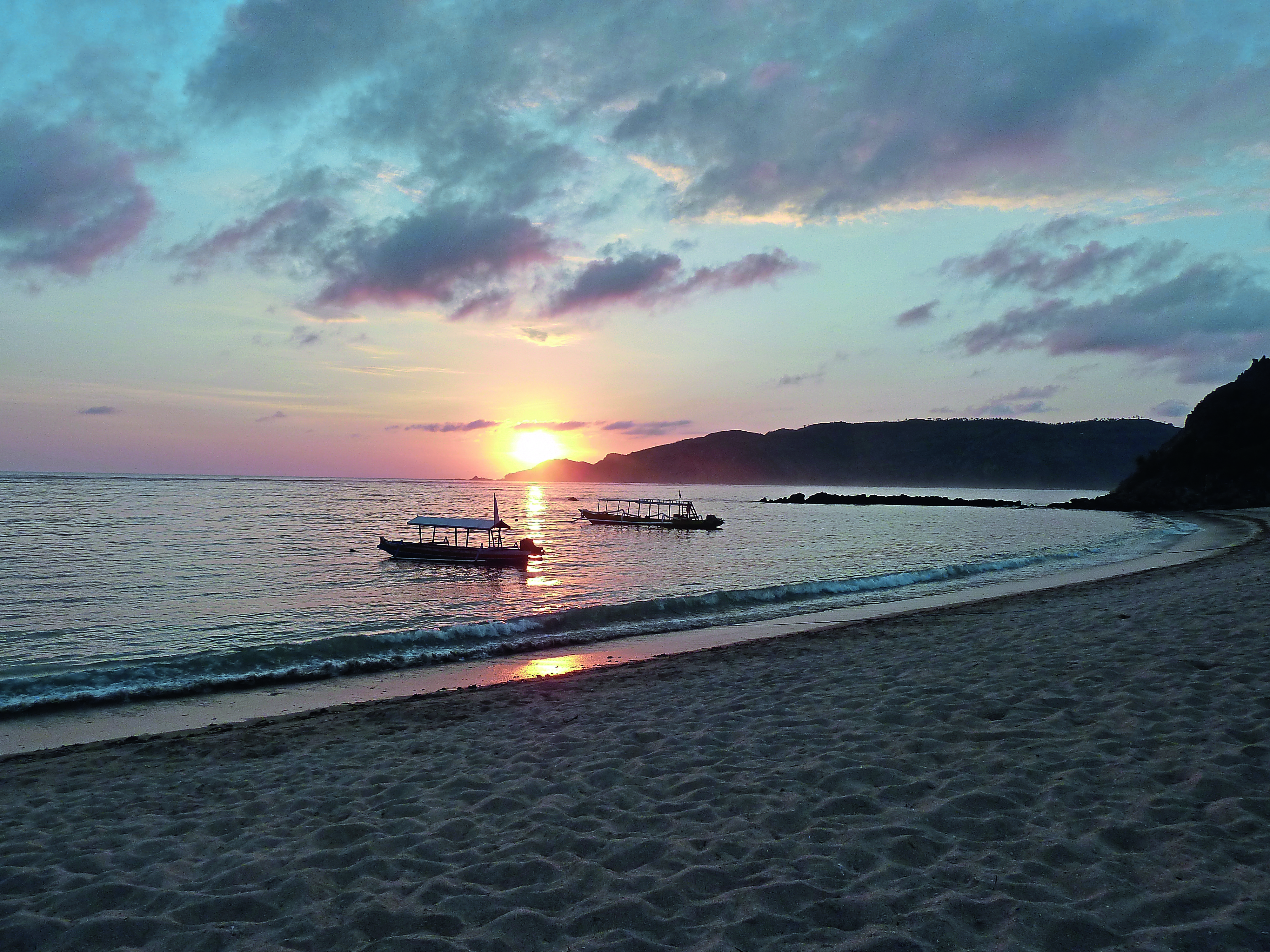Ready to move beyond Bali? Petra O’Neill explores the popular Indonesian island’s slowly awakening next-door neighbour, Lombok, a travel destination in its own right with plenty to discover.
My Lombok adventure actually began in Bali, where I departed onboard the Katharina, a traditional phinisi handcrafted from ironwood, cutting through the sea eastwards across the Lombok Strait. Bali’s neighbouring island, named after the lombok chilli pepper that grows there, is just 45km east of Bali, yet feels worlds away with a relaxed vibe reminiscent of how Bali once was before it became Asia’s most popular island destination.
Most visitors base themselves on the western side of the island at Senggigi, a long curving golden sand beach fronted by restaurants, bars, boutique hotels, and resorts. I chose to stay further north at Mangsit, a beautiful beach with coconut groves, warungs selling local food, fishing boats called prahu lining the beach, and great snorkelling. Puri Mas Resort and Spa set in a lush tropical garden setting provided the perfect base for island exploration.
Lombok is home to two cultures: the Balinese Hindus who ruled the island until 1894 and live to the island’s west around the capital Mataram, and the Sasak Muslims who comprise the majority known for their spicy cuisine, handwoven ikat textiles, intricate cane baskets, distinctive pottery, and villages with massive rice barns and traditional thatched huts.
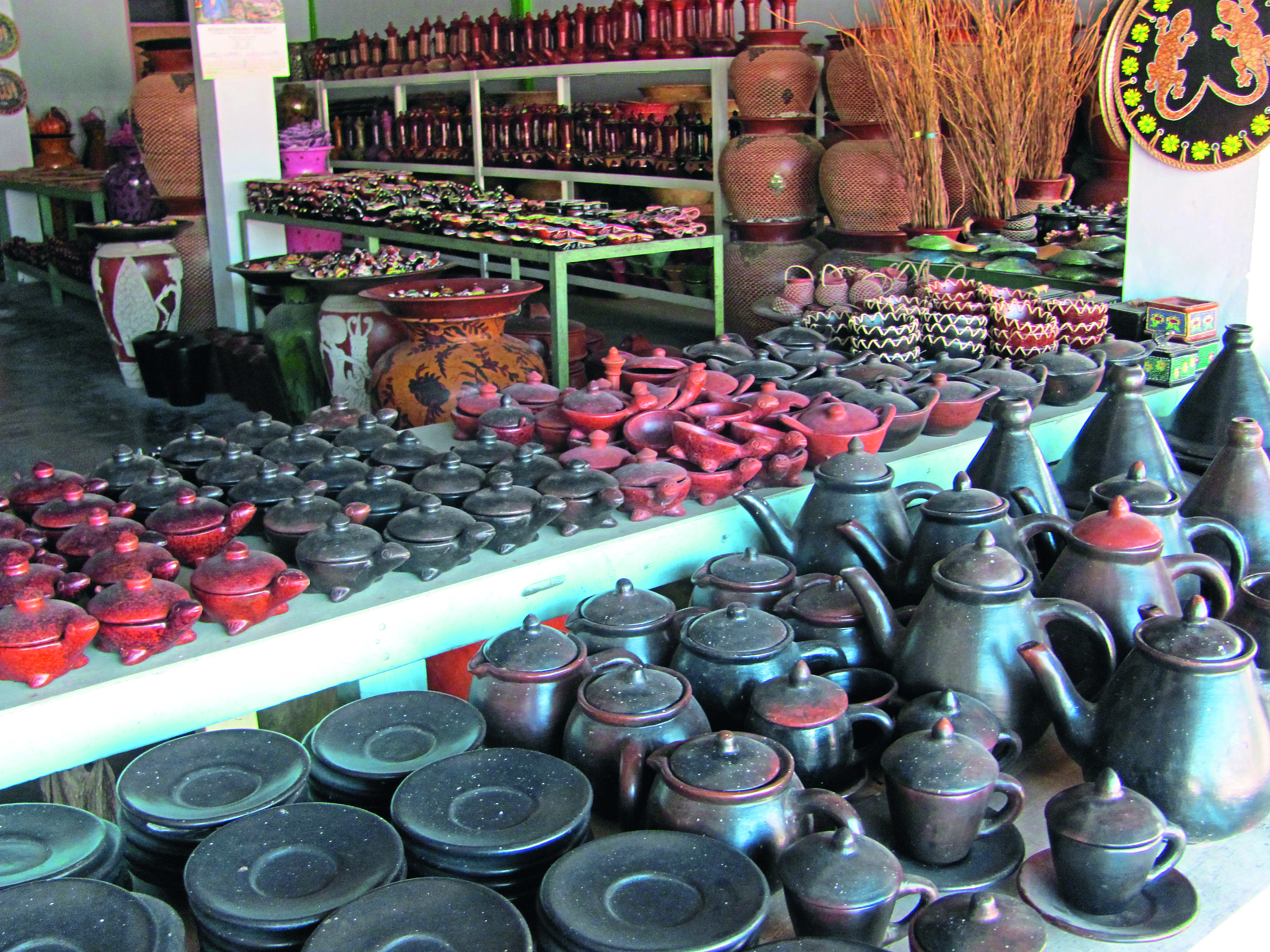
I toured the spectacular southern coastline with a strange landscape of conical rock formations and stunning beaches of white sand and breakers on the reef. Putri Nyale Beach and Tanjung Aan are strong contenders for the island’s best beaches, characteristically crescent-shaped with powdery soft white sand.
The settlement of Kuta (yes, there’s one here, too) has losmen that provide budget accommodations for the many surfers who come here, as well as the upscale Novotel Hotel. In Mataram, the staff at the Lombok Pottery Centre allowed me to wander amongst bamboo shelves stacked high where I found beautifully crafted pottery from the villages of central and eastern Lombok. Sasak villages including Banyumulek, Masbagik Timur, and Penujak are renowned for earthenware pottery fired in simple kilns and carved with designs distinctive for each village.
At Sukarara, a centre renowned for traditional hand-woven textiles, emporiums have been purpose-built to showcase the textiles to busloads of tourists, and with overly eager sales staff, I hastily retreated (much to the consternation of my driver) to venture off alone down a quiet lane where I had a more authentic experience finding women weaving by hand on looms outside their homes.
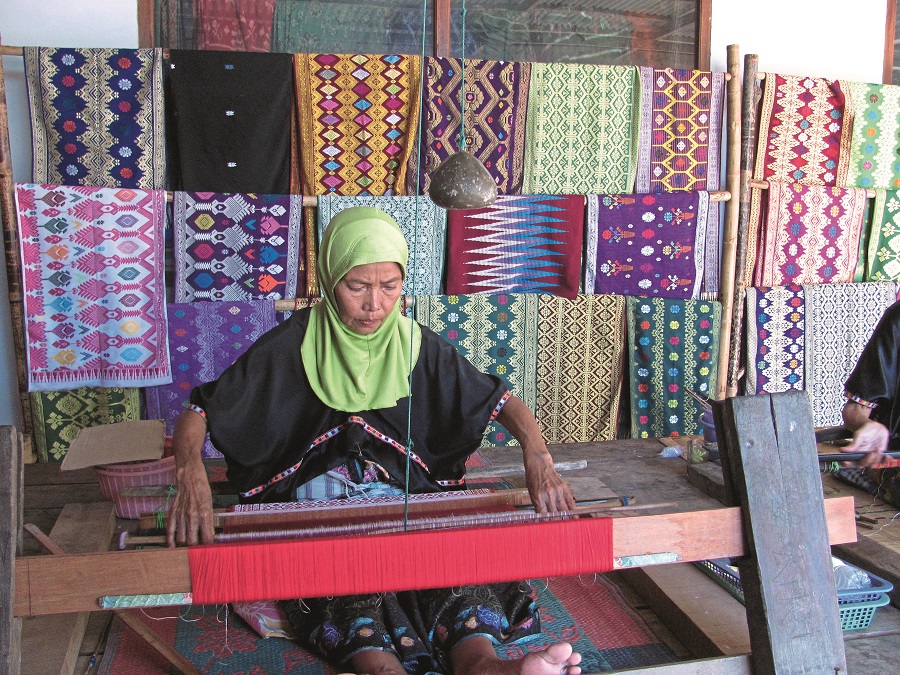
The northern half of Lombok is largely unpopulated, with its rice fields, forests, and waterfalls all dominated by an enormous volcano soaring to over 3,700 metres in elevation. Gunung Rinjani is one of Indonesia’s most revered mountains as a place of the gods – and one of its most-feared, too, as it occasionally erupts dramatically, spewing fire and lava from its crater.
At the village of Bayan, Lombok’s oldest mosque is said to date back to the 16th century. Nearby at Senaru, I was greeted by women from the village who had recently completed their studies to become guides having learnt English and more about the history of their culture. Led to villages, I viewed traditional houses and met women hand-weaving beautiful textiles. The villages see few tourists, and the local people have proudly maintained their Sasak way of life. At Sendang Gila Waterfall, cheeky monkeys peered down from the trees along the forest path, and it was here that I met a group of hikers about to begin the challenging three-day climb up to the volcano’s crater.
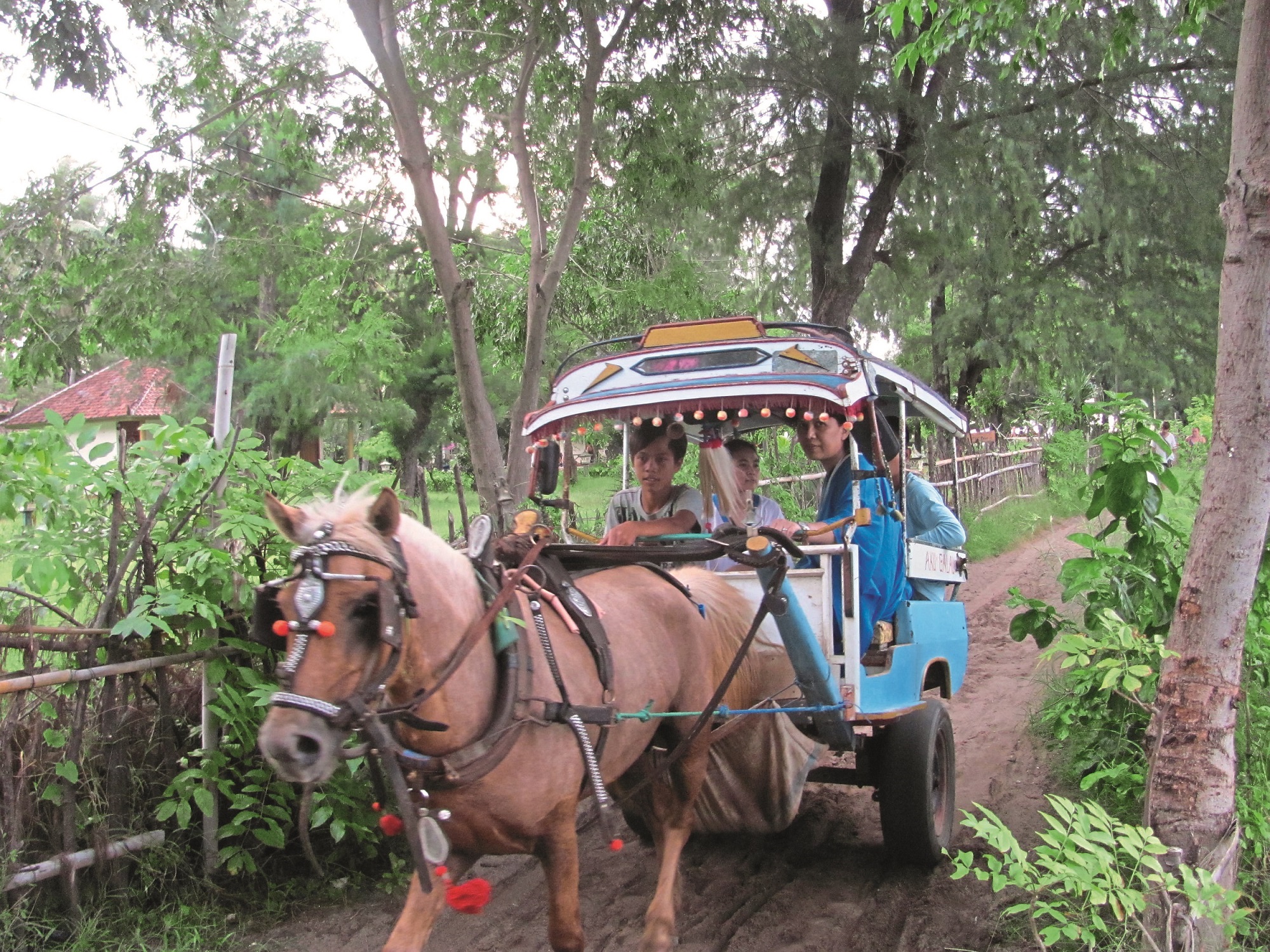
I also spent a day exploring the capital. Mataram has imposing Dutch colonial architecture, lively markets, and Hindu temples including Pura Meru – the largest Balinese temple on Lombok, built in 1720 – and Taman Mayura, once a Balinese Royal Palace with a large pool filled with lotuses. At Pasar Loak market, I found a coffee shop that still makes coffee by pouring water through a muslin cloth filled with coffee and adding a measure of evaporated milk. Wandering down quiet back streets, ladies approached, tried fruitlessly to converse with me in Sasak, laughed and went on their way, quite amused.
At the charming old port of Ampenan are historic crumbling shophouses that were once inhabited by Chinese and Arab traders, as well as women selling baskets filled with the day’s catch of fish. On the waterfront is Pura Segara an imposing temple facing the sea.
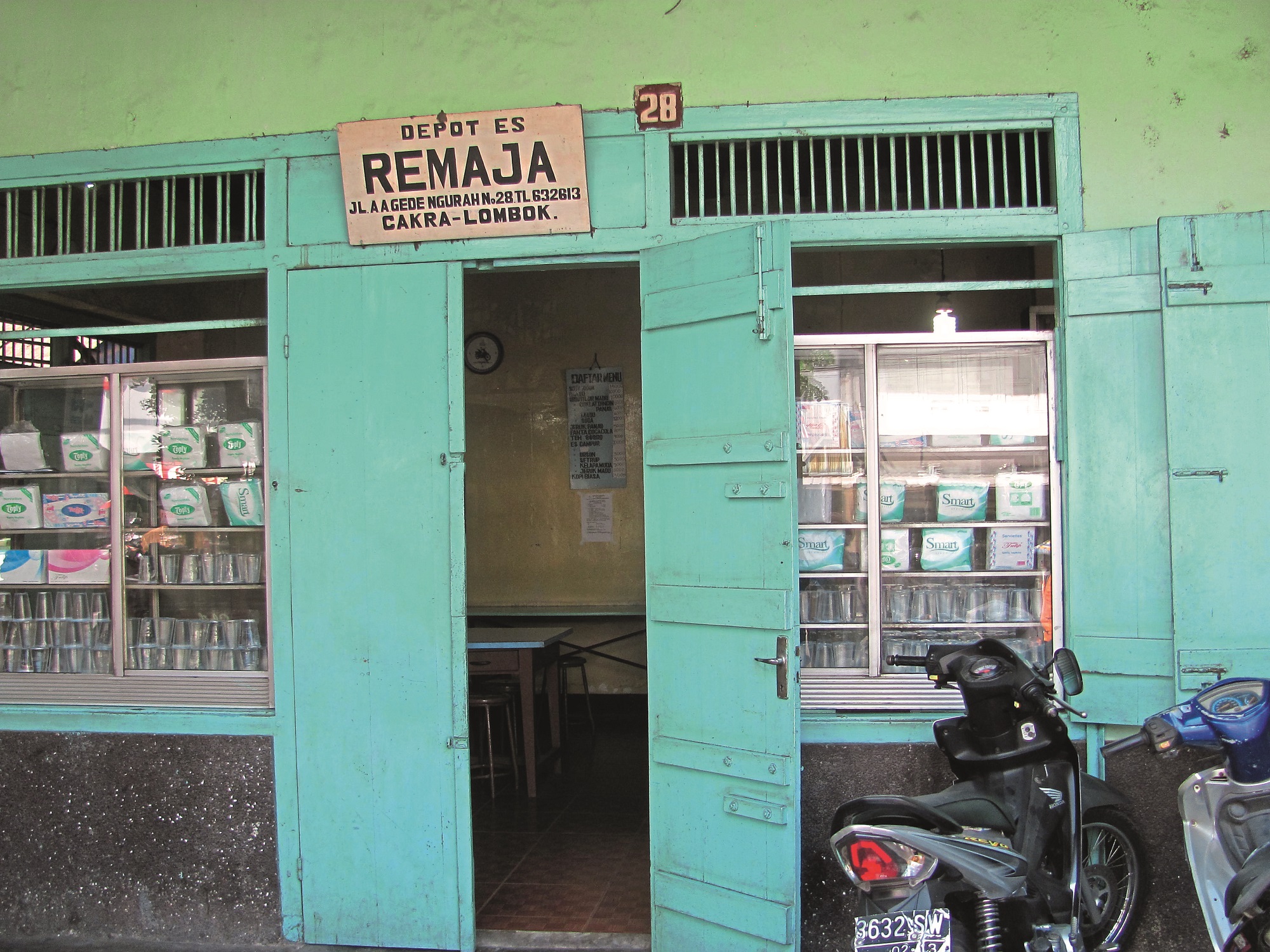
Just a 20-minute boat ride away from the Bangsal ferry dock north of Senggigi are a trio of tiny coral atolls known as the Gili Islands, with dazzling white sand beaches, coconut palms, and bungalows, bars, and restaurants lining their perimeters. Once little more than fishing settlements with a few beachside shacks for backpackers, the islands were rustic getaways (my mother found herself here in the early ’80s) that have since been transformed. The simple bamboo huts are now interspersed with chic upmarket hotels and resorts, including Scallywags.
Gili Meno is the quietest and least developed island. Though the largest of the three, it takes only two hours to stroll around its entire perimeter. Some of the beaches are dotted with shacks and huts, a real part of Gili Meno’s charm. On a snorkelling trip there, I swam amongst pufferfish, psychedelic parrotfish, and inquisitive hawksbill turtles. There are more than a dozen dive sites with the scuba diver onboard our boat reporting he had seen stingrays and blue coral.
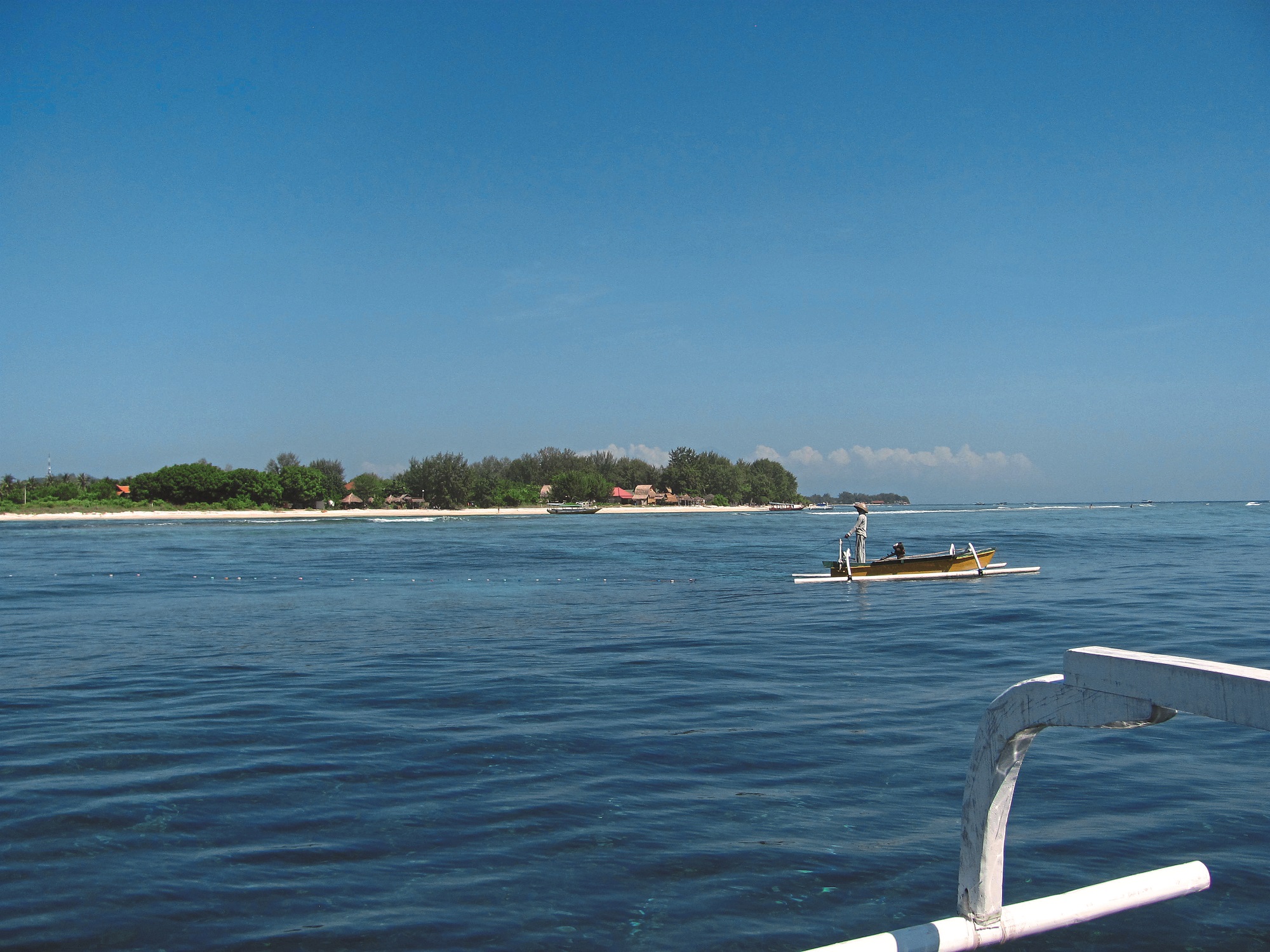
Gili Trawangan, known as Gili T, and Gili Air, both about half the size of Gili Meno, are renowned for the partying scene, mushrooms featuring repetitively on menus and reggae playing at every bar and café. Given the effects of the mushrooms, it’s indeed fortunate that the only forms of transport on these tiny islands are bicycles and horse-drawn carriages known as cidomos. Things are changing fast, though with locals being squeezed out, and the unobtrusive beach shacks making way for resorts.
One the final afternoon of my stay I visited the Puri Mas Spa for an ancient mandi lulur treatment – a massage and body scrub – using traditional plants and spices including turmeric and kemiri. With nimble fingers, my therapist slowly eased away all the knots and aches in my muscles while I peered at the bowl of frangipani petals placed below the massage table. Rejuvenated, I departed for my flight home late that evening laden with handwoven textiles.Whether the massage or the general laid-back nature of Lombok and the Gili Islands – or a grand combination – I fell into a deep sleep on my journey home, having drifted to that relaxed, contented state of consciousness, the very place to which we all hope our journeys will take us.
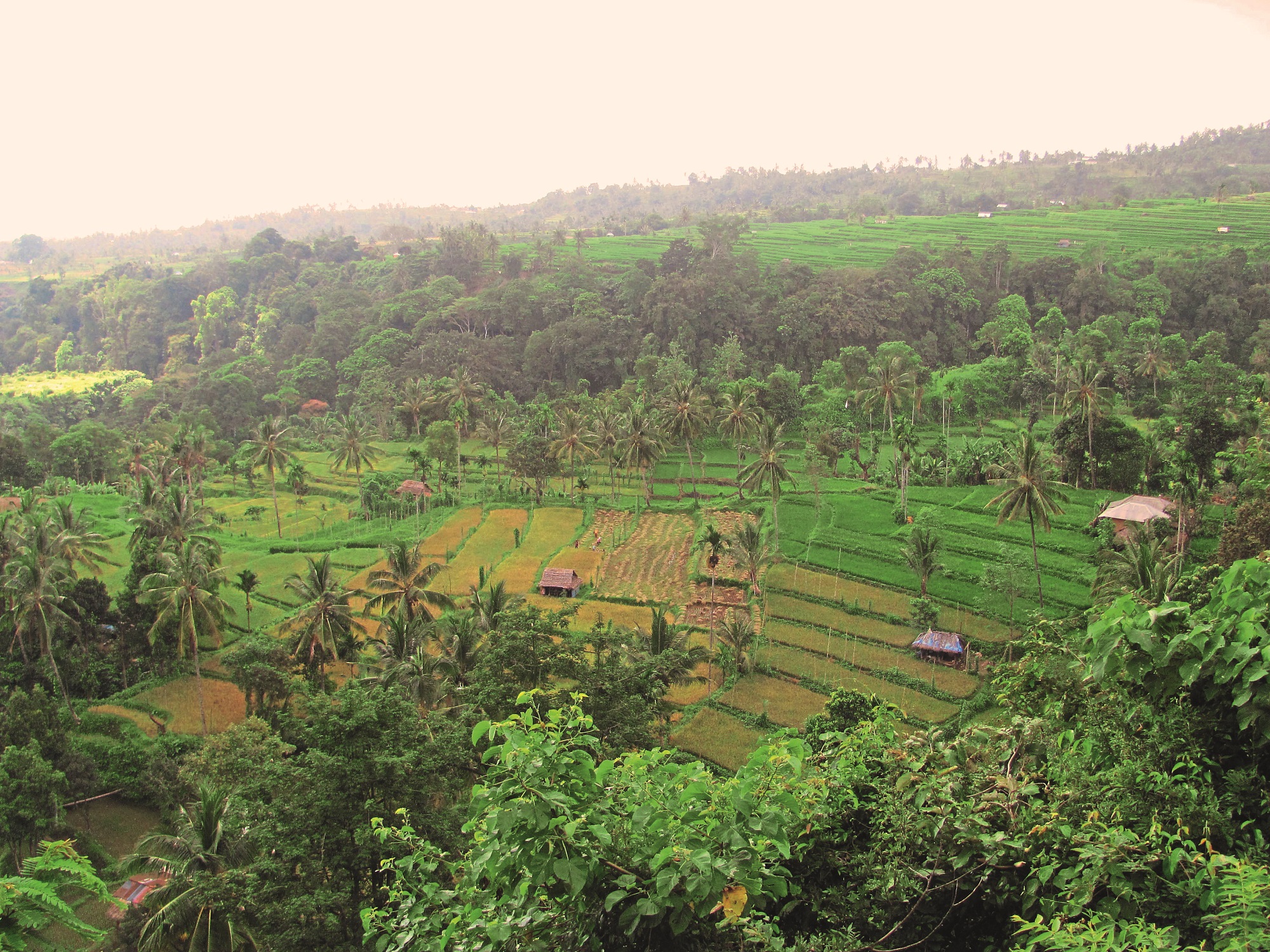
Fact File
Getting there
AirAsia flies direct from Kuala Lumpur to Lombok. Garuda Indonesia flies via Jakarta. From Bali, ferries depart from Benoa Harbour for the two-hour crossing. Sea Trek Bali offers adventure cruises to destinations including Lombok, Flores, and beyond.
Where to Stay
 Puri Mas Resort and Spa has spacious rooms and villas in a variety of styles set in a lush tropical garden fragrant with frangipani and bougainvillea. High stonewalls surround the private villas, some with plunge pools. Interiors have high thatch-roof ceilings, tiled floors, dark-teak furniture and spacious bathrooms, some outdoor. The Spa is exquisite.
Puri Mas Resort and Spa has spacious rooms and villas in a variety of styles set in a lush tropical garden fragrant with frangipani and bougainvillea. High stonewalls surround the private villas, some with plunge pools. Interiors have high thatch-roof ceilings, tiled floors, dark-teak furniture and spacious bathrooms, some outdoor. The Spa is exquisite.
Combine your stay at Puri Mas with a few days on the south of the island. The Novotel Hotel faces a white sand beach with landscaped gardens designed by Bill Bensley.
Getting around
Ask to be met at the airport, bypassing the taxi touts. Get around the island by motorbike (though insurance may not cover you), bemo, or taxi. Full-service hotels like Puri Mas can make all touring arrangements for you. For short distances try a buggy, Lombok’s traditional transport. The journey to the Gili Islands is by speed boat. Many dive companies offer day tours there.
Dining and shopping
Eating out is one of the highlights of visiting Lombok, with resort hotels and restaurants offering upscale dining at reasonable prices. Also try beachside warungs and spicy Sasak cuisine. Visit the Lombok Pottery Centre (Jl. Sriwijaya 111A, Mataram) before venturing to the pottery villages. Handwoven textiles are recommended, especially from Senaru in the north.
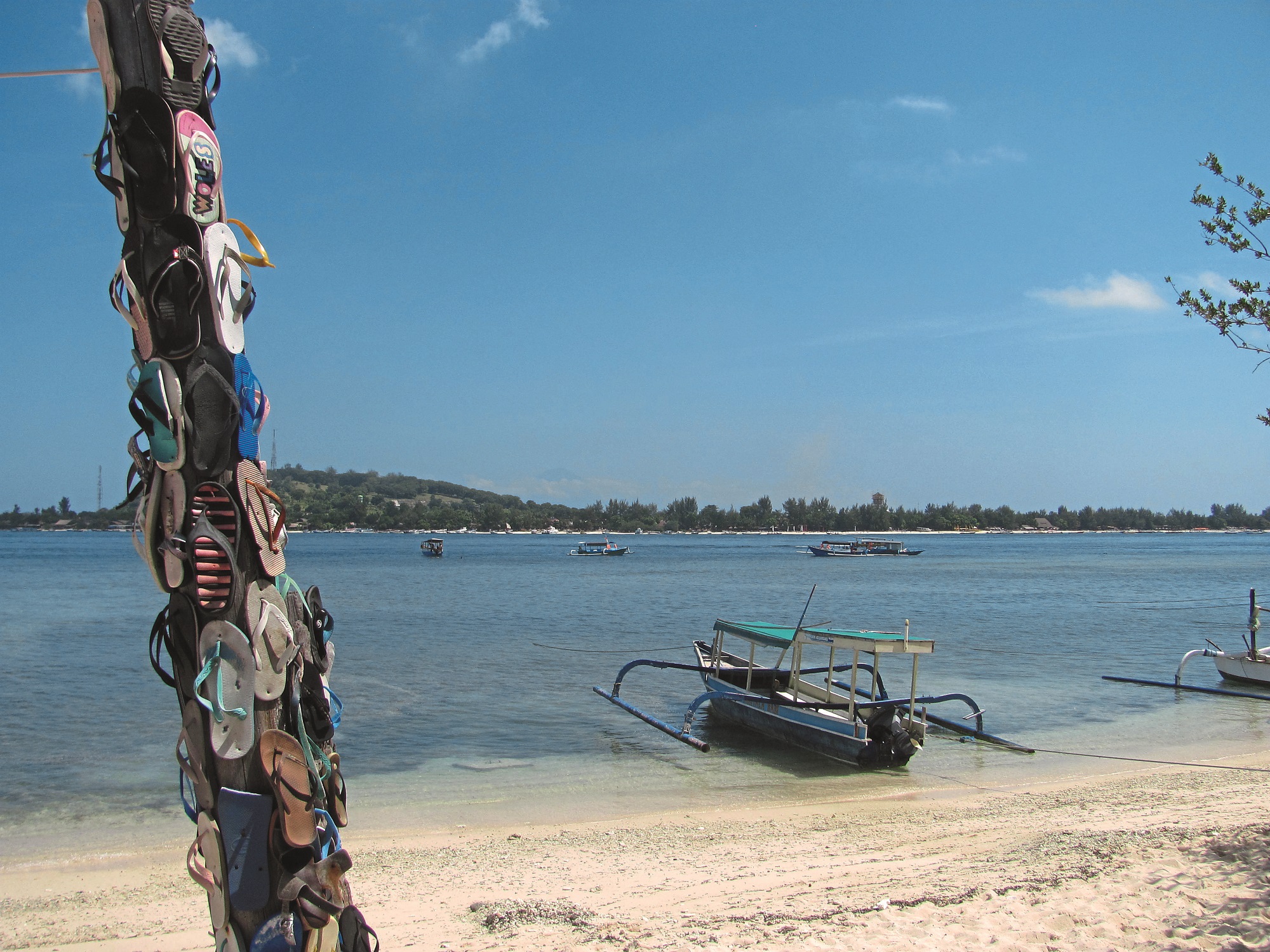
Top things to do in Lombok
- Swim at Sendang GilaWaterfall
- Visit traditional villages, including Senaru with a local guide
- Hike Gunung Rinjani
- Beachcomb along the white sand beaches of southern Lombok
- Enjoy yoga and a restorative spa treatment at Puri Mas Spa, voted Lombok’s best
- Visit Hindu temples, especially during a festival
- Walk around the old port town of Ampenan
- Go shopping at Pasar Loak Market and Mataram Mall
- Try spicy Sasak cuisine
- Catch a boat to the Gili Islands and snorkel for the day
- Watch a traditional dance performance at Puri Mas or come during the international dance competition held in July
- Visit villages renowned for pottery and handwoven textiles
This article was originally published in The Expat magazine (October 2016) which is available online or in print via a free subscription.
"ExpatGo welcomes and encourages comments, input, and divergent opinions. However, we kindly request that you use suitable language in your comments, and refrain from any sort of personal attack, hate speech, or disparaging rhetoric. Comments not in line with this are subject to removal from the site. "


